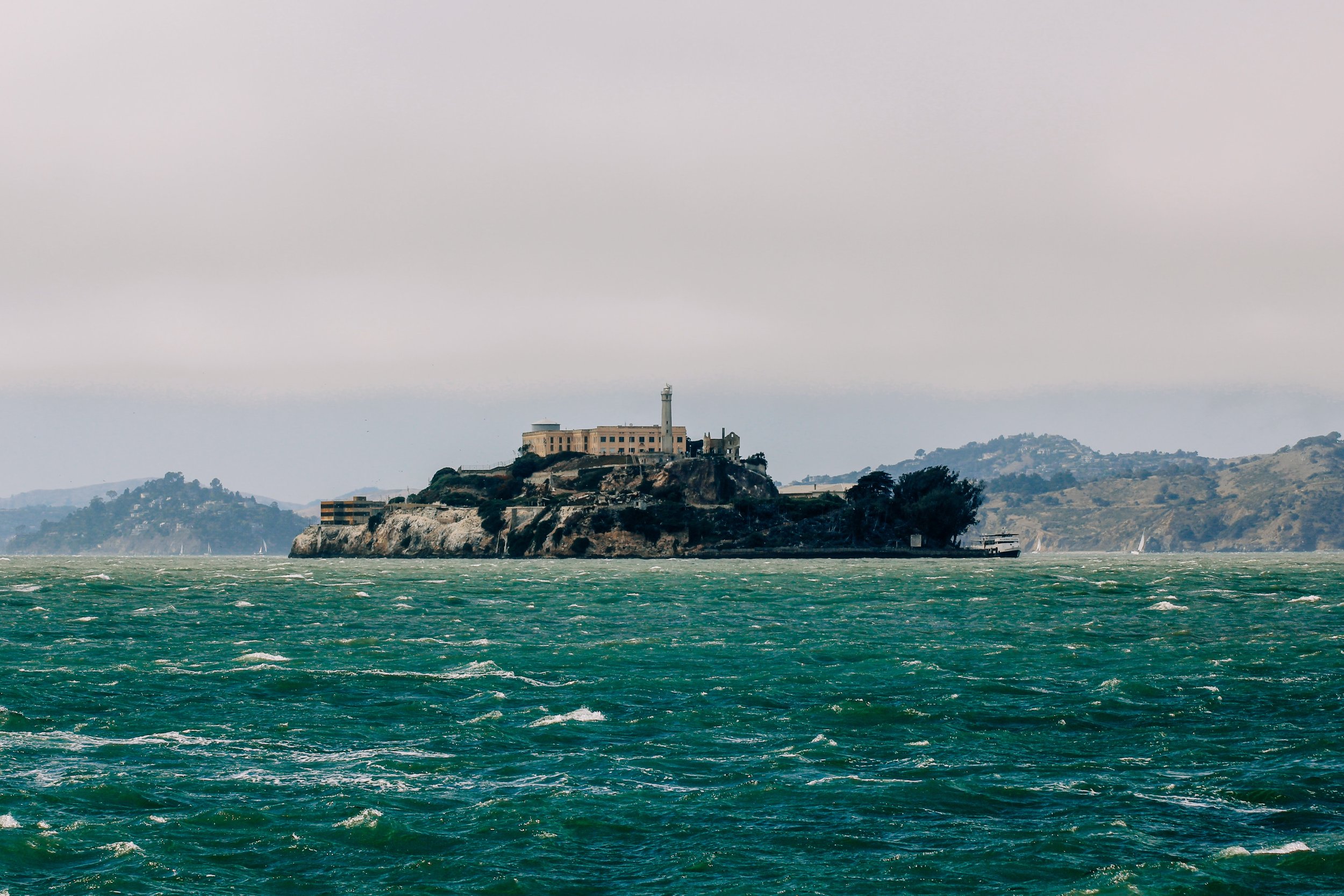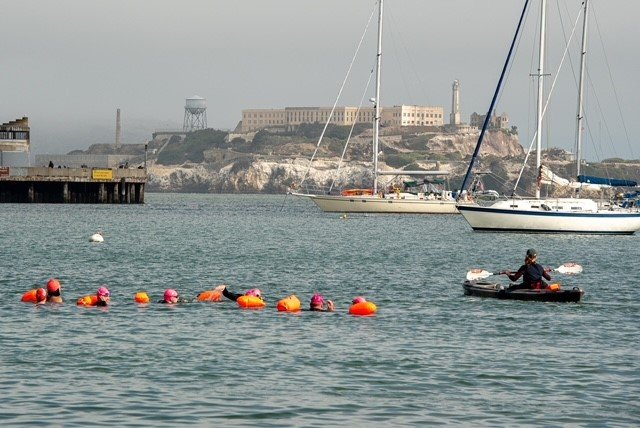Our Mission : Unite public and private patronage to support veteran recovery
The Mission of Warrior Resilience Challenge (WRC) is to foster emotional hope to Military Veterans and the Post Traumatic Stress/Anxiety-Disorder (PTS/AD) population, through community, art and movement. With iconic events such as Take The Rock, we strive to provide a supportive community and comprehensive resources for veterans and non-veterans alike to achieve their goals and challenge themselves in a safe and meaningful way.
Through our programs, we hope to foster a sense of resilience, confidence, and camaraderie among our participants, while also raising awareness and support for Military Veteran and PTS/AD communities. We are committed to helping these communities unlock their potential and supplement their recovery though shared transformative experiences. We believe that every individual, regardless of their background or experience, has the potential to achieve greatness, and we are dedicated to helping them unlock that potential through the transformative experience of swimming from Alcatraz to San Francisco.

About us
Warrior Resilience Challenge DBA Take the Rock is a registered 501(3)(c) Non-Profit Organization in the State of California.
Take the Rock was formed to raise awareness and support for veteran causes through community swimming education, training, and events.
Embracing the Present: A Veteran's Battle with PTSD and the Path to Healing
WRC President Shannon Kleinschmit is a U.S. Army Veteran as well as a Take The Rock coach. In coordination with the U.S. Veterans Affairs “Make The Connection Campaign”, Shannon provides a compelling narrative of his journey through recovery, resilience and discovery through the open water swimming and Veterans support communities.
Coast Guard members “Escape from Alcatraz” in recent swim challenge
By Petty Officer 1st Class Paul Dragin / Published Oct. 4, 2021
Early Sunday morning, on Sept. 26, 2021, with temperatures in the low 50’s, we made our way across a cloudy San Francisco Bay, traveling by boat to be dropped off beside Alcatraz Island with one goal: to swim back to where we had just come from. With our boat idling and pitching slightly from the choppy waves beside Alcatraz, we knew the moment had arrived.
“You quickly lose your ego in the open water,” said Kevin Raith, a Marine veteran participating in his second Alcatraz swim with the veterans group, known as “Take the Rock.”
I can attest to the truth of that statement, as I tried to spot our final destination. From Alcatraz you are essentially swimming blind, unable to see the finish line nestled inside Aquatic Park Cove in San Francisco. To accommodate that dilemma, our coaches instructed us to set our sights on the SS Jeremiah O’Brien, a World War II ship moored up in the San Francisco Bay.
As we plunged into the water, we were reminded to course-correct to the left, to accommodate the ebbing current pushing the water (and us) out of the Bay towards the Golden Gate Bridge and the open ocean. Swimming in these conditions feels like being trapped in a large washing machine; the undulating current mocking your attempts to swim in a straight line. Although the coaches on kayaks and boats provided excellent coverage and directional support, we all knew that it was up to each of us individually to put our heads down and get to work.
The Infamous ‘Rock’
As the final stop for the nation’s most incorrigible prisoners, Alcatraz holds a place of mystique and infamy in our collective conscience, despite the fact that it ceased operating as a prison in 1963. What lies between Alcatraz Island and San Francisco is one and a half miles of the San Francisco Bay: cold, shark-infested waters (granted, the majority are small species such as Brown Smooth Hound Sharks and Leopard Sharks that have little interest in attacking people), along with some of the strongest currents anywhere in the world.
Despite these obstacles — or perhaps because of them — the Alcatraz swim proves to be an enduring fascination for open-water swimmers, with thousands completing the swim each year. Like myself, several of the veteran swimmers in our group were newbies, attempting the crossing for the first time. Others, including Michael Dowdy, are fixtures in the veteran group, with Sunday marking his fifth consecutive Alcatraz swim.
“Being a part of this group is unlike anything else in my life,” said Dowdy, an Army veteran and the oldest swimmer to compete this year at age 77. “Being around young, energetic veterans and active-duty members inspires me to keep pushing, keep achieving.”
Coast Guard Petty Officer 2nd Class Fatima Maestro, a boatswain’s mate stationed in the Bay Area, serves as both a coach and a participant. A competitive swimmer from the Philippines, Maestro has competed in several open water swim competitions and relishes the challenge of both mentoring others and pushing herself in competition. “I’ve developed some great bonds with the people in Take the Rock and I wanted to give back by coaching others,” Maestro said.
Training and preparation
Although the culmination of the group’s training season is the Alcatraz swim, the heart and mission of the group lies in the weekly training sessions that take place from June through September. With multiple training sites in the Bay Area, the training home to the largest group of veterans occurs at Aquatic Park Cove in San Francisco, which also serves as the finish line for the Alcatraz swim.
Sheltered by the Municipal Pier that arches into the middle of the cove from the west and the Hyde Street Pier to the east, the cove offers stunning views of Alcatraz to the north and the San Francisco skyline to the south. With historic sailboats moored up on the eastern side of the cove, the veritable playground for swimmers offers countless ways to get those training miles in and explore at the same time.
During the training season, water temperatures start out in the mid-50s and never budge over 65 degrees Fahrenheit. Added to the ever-shifting currents and choppy water is marine life. Harbor seals and sea lions are commonly spotted during training swims. Sometimes, they can get a little chummy and try to play. Although rare, mammal bites are possible and actually caused the Aquatic Park to temporarily close in 2017 due to what was termed an “aggressive marine mammal” that had bitten several swimmers.
The group welcomes swimmers of all ability levels, with the caveat that qualifying swims scheduled throughout the season determine whether an individual is ready to attempt the Alcatraz crossing.
For many of the veterans, this is their first time participating in open-water swimming, which is considered to be an extreme sport (primarily due to all of the hazards mentioned above). Compared to the chlorinated, temperature-controlled environs of a pool, taking the plunge to swim long distances in the ocean ushers in a unique set of challenges and competencies that have to be mastered in order to be successful.
Leading the diverse group of athletes is president and head coach of the organization, Terri Parker. A retired telecommunications specialist in the Coast Guard, Parker joined Take the Rock (the group’s official title is the U.S. Veteran Swim Challenge) in 2015 as a participant. She has been serving in her current role since 2018.
When she first joined, several of the combat veterans in the group suffered from PTSD. The goals were simple: “get off the couch, put down the alcohol and substances, and be around like-minded veterans struggling with similar issues to experience this extreme sport of open-water swimming and bond,” Parker said.
Each week, the swimming lengths and difficulty gradually increase, with coaches having to take into account the conditions of the tides and currents, along with the range of ability levels of the swimmers. Coaches set aside time to assist individual swimmers in a supportive yet challenging environment.
Maestro, the coach and competitive swimmer, put it best when referring to swimming in the San Francisco Bay: “every swim out here is different. You never know what the elements will bring.”
Support for Veterans
Take the Rock Veteran Swim Challenge was founded by Earle Conklin in 2012. Conklin, a Vietnam veteran, wanted to give veterans, especially those suffering from PTSD, a way to experience and overcome a challenge with their peers in a supportive environment. The nonprofit is currently backed financially by a group of veterans from Google.
“Our overarching goal is to create authentic bonds among veterans that will transcend the swim and create lasting lines of support for our brothers and sisters in the service,” Conklin said.
This support was evident on Sunday as we made our way to the finish line at the beach in Aquatic Park, with fellow team members, family and friends urging us on in those final strokes. The crossing proved to be especially difficult this year, according to many of the veteran swimmers. The expressions on most of our faces could best be described as relief, followed by the exhilaration of being back on dry land.
“Overcoming our fears and anxieties” is how Kevin Raith, the Marine veteran, described the eerie feeling of being all alone in the middle of the Bay, the current and waves refusing to let up as most of us plodded along, trying to, quite literally, put Alcatraz behind us.
Sunday’s Alcatraz swim marked the ninth annual time the swim has been completed by the group, bringing the total of veterans and their family members who have finished the race to almost 400 and counting.
In a modern society characterized by a profound sense of alienation, Take the Rock provides veterans with a sense of belonging — a sense of being part of something larger than the self.
“What we provide is the chance to overcome a hardship in a safe space,” said Parker, the head coach. “And we do it together, as veterans finding camaraderie and bonds that last long after the finish line.”





